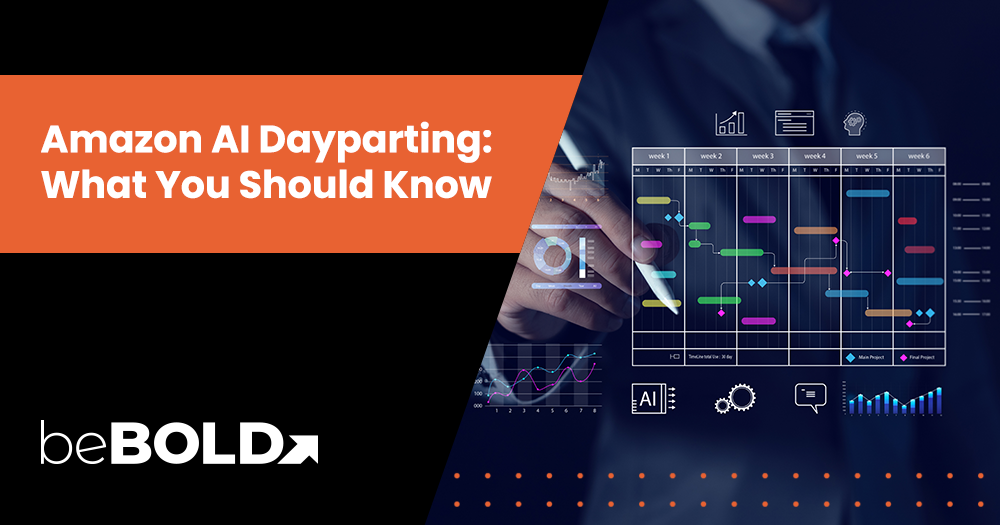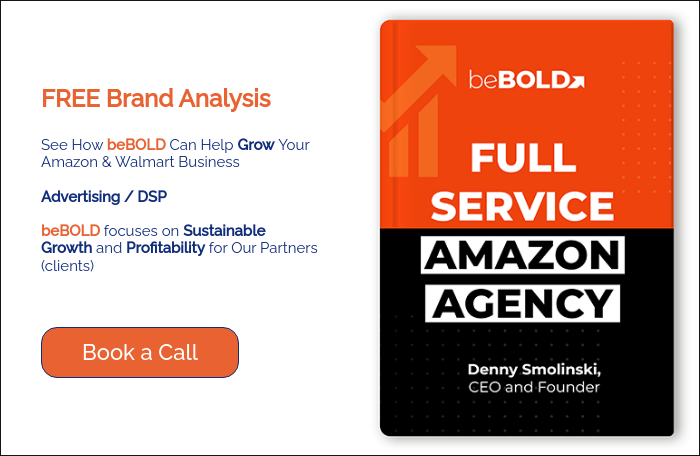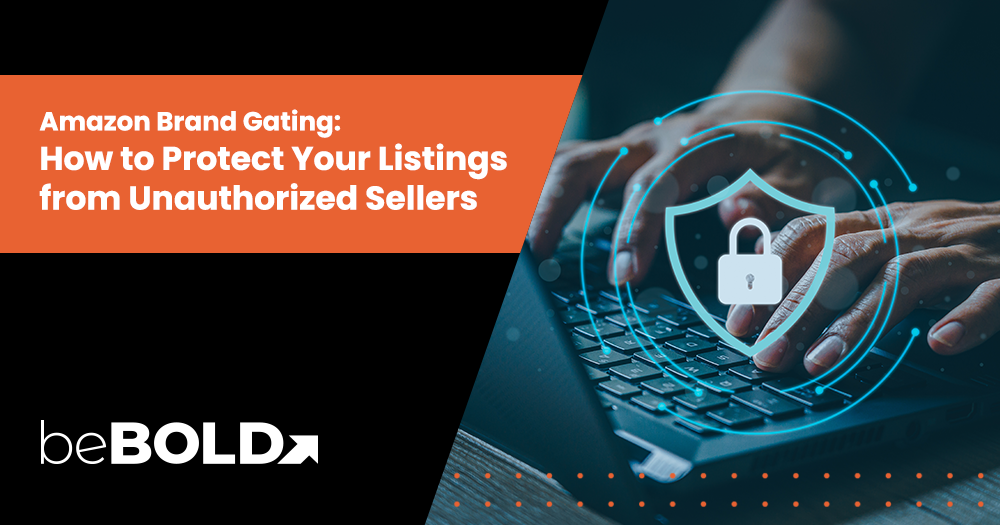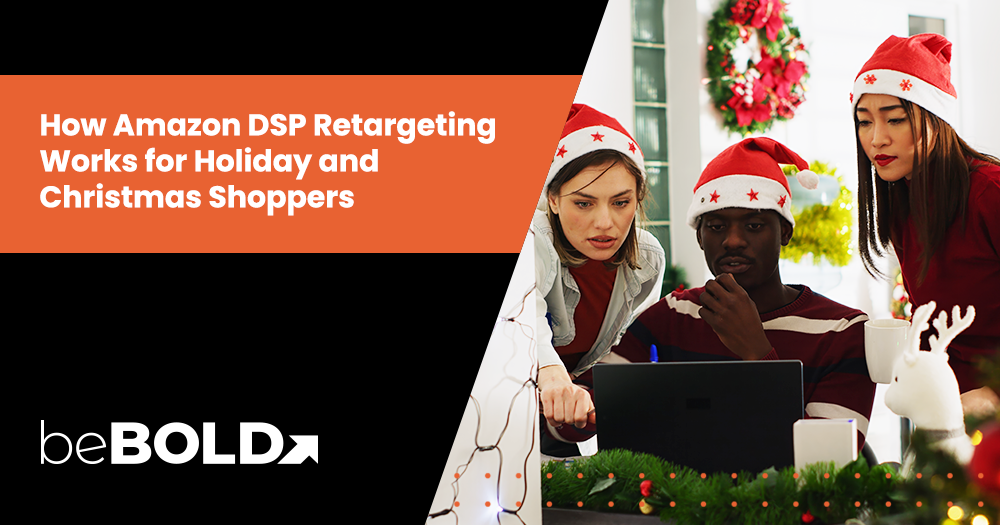Key Summary
- Amazon AI dayparting is a game-changer for anyone looking to optimize their ad spend. By leveraging machine learning, it targets specific hours and days when shopper activity peaks, maximizing the chances of making conversions. ⏰
- Unlike the old way of manually scheduling ads, AI tools are smart enough to adjust in real time based on performance data. This ensures that your bids are automatically tweaked for better results. 🤖
- The benefits are substantial: you’ll see a higher return on investment, minimized waste in your advertising budget, and a better match with your inventory needs.💡
- This approach is particularly helpful for brands managing a diverse range of products across multiple categories and marketplaces. 🌍
- The great news is that you don’t have to dive in all at once. Implementing AI gradually allows you to test the waters, gather insights, and scale your efforts effectively. 📈
With the competition on Amazon fiercer than ever, the time for “set and forget” PPC campaigns is long gone. Every click counts, and spending money during times of low conversion can really eat into your profits. That’s where Amazon AI dayparting proves invaluable. By combining ad scheduling with artificial intelligence, sellers can focus their budget on times when shoppers are most engaged and ready to make a purchase.
In this guide, we’ll delve into how AI is revolutionizing dayparting, offer a strategic framework for successful implementation, and highlight the trends that are shaping the future of AI-driven advertising.
How AI Powers Modern Dayparting

For the past years, traditional dayparting has helped brands plan campaigns during peak periods. While it has been effective for some, relying on manual schedules has become outdated in recent times. It still works, but it’s reliant on old averages and it requires constant upkeep. With AI, brands can continuously analyze data to optimize for better performance and profitability.
Precise Ad Targeting
AI doesn’t deal with guesswork. Working with data from hourly performance, shopper behaviors and seasonal changes, AI dayparting will pinpoint golden windows of opportunity for the highest conversions. With AI, brands can easily target the specific hours in a day to increase chances of conversions exactly when purchase intent is usually at its peak.
Efficient Ad Spending
Running ads around the clock often leads to wasted spending during off-peak times. With AI dayparting, your budget gets directed to those time slots that yield the best returns, reducing advertising costs and making your budget stretch further. Many platforms also consider inventory signals, ensuring you don’t overspend when stock is low.
Better Conversion Rates
AI dayparting allows you to align your ad spend with high-intent traffic and achieve better conversion rates and return on ad spend (ROAS). With AI, you can make sure that your ads are at the forefront when your target audience is active, browsing and ready to buy. On the other hand, you can also cut down on ad spend during less effective times.
Real-Time Adjustments and Adaptation
We all know that markets are fast-paced. Weekend surges or shifts in competitor bids almost always disrupt market patterns. With AI dayparting, your ads adapt instantly, adjusting bids and schedules instantaneously instead of needing human intervention to update. This allows brands to seize better opportunities and lessen wasted ad spend during unexpected market changes.
Data-Driven Insights
AI doesn’t just optimize your ad campaigns; it also provides valuable insights. With detailed reports, heatmaps, and predictive models, brands can better understand buyer behaviors, inventory risks, and even international demand based on time zones. These insights can then refine overall advertising strategies, aid in more effective promotions, and align marketing budgets with actual consumer needs.
Want to learn more about Amazon Ads insights? Learn more about it here: Amazon Ads Reports: What They Tell You and Why It Matters?
Implementing AI in Dayparting: A Strategy Framework

To get the most out of AI dayparting, brands should roll it out in structured phases. This approach minimizes risk while building confidence in the technology.
Phase 1: Diagnostic & Testing
Start with four to eight weeks of data gathering. Use AI tools to generate hourly heatmaps and identify peak conversion windows. Apply dayparting to top-performing campaigns only, keeping a small always-on budget for discovery.
Phase 2: Expansion & Cohort Alignment
Once insights are validated, expand AI dayparting to more campaigns. Group similar campaigns or ASINs together to avoid conflicting performance data. Layer in inventory signals to avoid overspending before stockouts.
Phase 3: Optimization & Scaling
After building a performance baseline, scale AI dayparting across all mature campaigns. Introduce category-specific timing templates (beauty, pet, health, etc.) and integrate pricing or promotional data to refine scheduling even further.
Emerging Trends in AI-Driven Commerce
AI dayparting is just the beginning of automation on Amazon. Several key trends are shaping the future of AI-driven commerce, including:
- Amazon Marketing Stream: Provides advertisers with near real-time hourly data, making intraday optimization faster and more precise.
- Inventory-Aware Advertising: Ensures that campaigns pause or reduce spend when stock runs low, preventing wasted budget and maintaining customer trust.
- Cross-Marketplace Expansion: As Walmart and other marketplaces scale their ad networks, AI dayparting will extend beyond Amazon, offering unified optimization across multiple platforms.
- Real-Time Competitive Response: AI increasingly adapts bids and schedules in minutes, allowing brands to react instantly to competitor pricing and promotions.
- Category-Specific Scheduling: Tools are evolving to offer templates tailored to unique buyer behaviors in categories like beauty, pet, or medical products.
- Global and Multi-Time Zone Optimization: AI is becoming more sophisticated in managing cross-border campaigns, aligning ads with local peak shopping hours worldwide.
Want to learn more about product localization for better localized reach? Read about it here: Amazon Product Localization: A Comprehensive Guide to Global Market Success.
Together, these trends demonstrate that AI dayparting is not just a tactic but part of a broader movement toward smarter, data-driven advertising in e-commerce.
Unlock the Power of AI Dayparting with beBOLD Digital
Amazon AI dayparting isn’t just about automating your ad schedule. It’s a game changer for brands who are trying to pinpoint the best times to throw their advertising dollars in exchange for high conversions and customer engagement. With machine learning in your corner, you can easily overtake competitors who are still using old-fashioned methods. If you ask us, it's a smart move for any brand looking to thrive in the competitive e-commerce landscape.
Ready to put AI dayparting into action? Contact beBOLD Digital today and let our team of Amazon experts design a tailored advertising strategy that maximizes your ROI and positions your brand for scalable growth.
If you want to stay ahead of Amazon’s algorithm changes, don’t miss our Amazon Rufus AI Guide for actionable strategies you can use now.
Frequently Asked Questions about Amazon AI Dayparting
Can I use Amazon’s native tools for AI-powered dayparting?
Amazon’s native dayparting tools are limited. They allow for basic scheduling but lack the real-time, adaptive AI capabilities offered by third-party platforms.
How much historical data do I need before enabling dayparting?
Ideally, at least four to eight weeks of data is needed for AI tools to detect performance patterns. The more historical data available, the more accurate the optimization will be.
Will dayparting hurt my campaign’s algorithm learning?
No. In fact, when used correctly, AI dayparting improves algorithm learning by feeding it higher-quality performance signals.
How do I account for time zone differences?
AI tools automatically align campaigns with shopper behavior in their respective time zones, ensuring ads run during peak hours locally.
Is AI dayparting suitable for new product launches?
For brand-new products, it’s best to let campaigns gather initial performance data before enabling strict dayparting. Once stable traffic patterns emerge, AI optimization can be applied.
What kind of ROI improvements should I expect from AI dayparting?
Case studies show improvements of 20–50% in ROAS and ad-attributed revenue. Results vary by category, competition, and how well campaigns are structured before applying AI.










Comments